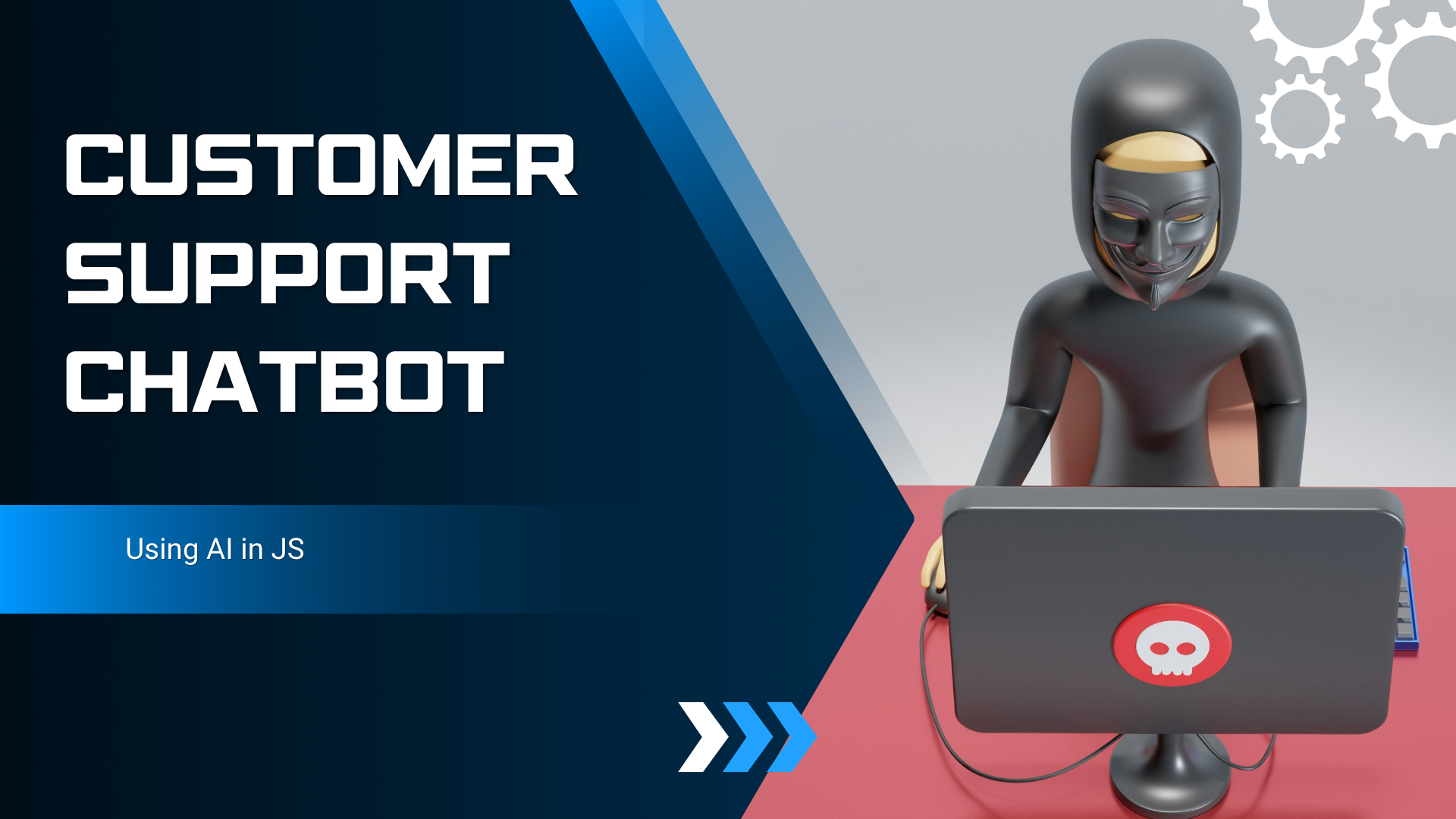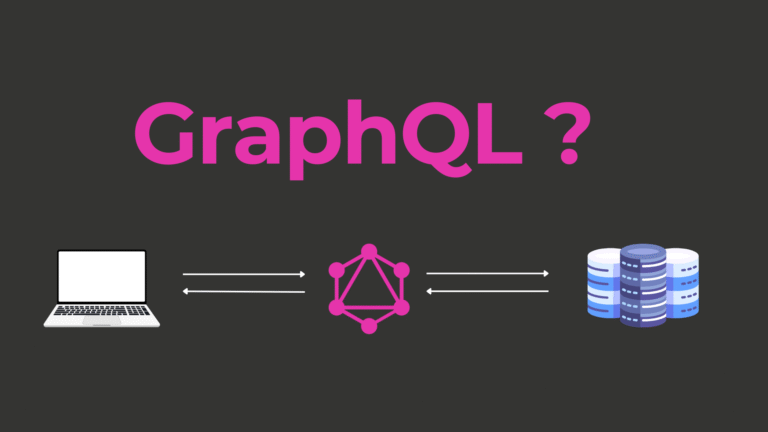Creating a Customer Support AI Chatbot Using JS

Introduction
In the rapidly evolving digital landscape, customers expect instant, intelligent, and personalized support. Traditional help desks no longer suffice. Modern consumers demand engagement that is intuitive, responsive, and available 24/7. Enter AI-powered customer support chatbots, an elegant intersection of artificial intelligence and web technology. With JavaScript leading the charge in web development, building a sophisticated AI-driven chatbot is no longer an ambitious dream but an executable plan.
The Rise of AI in Customer Support: A New Era of Engagement
AI is reshaping customer service by replacing static support pages and long wait times with intelligent, interactive agents. These bots are not just reactive—they are proactive, capable of understanding user intent, contextual relevance, and even sentiment. The proliferation of AI in support systems marks a paradigm shift, ushering in a new era where engagement is seamless, consistent, and scalable across global audiences.
Why JavaScript is the Ideal Language for Building Chatbots
JavaScript dominates the web stack, from frontend interfaces to backend APIs. Its event-driven nature, asynchronous capabilities, and extensive ecosystem make it uniquely suited for real-time applications, such as chatbots. Whether you’re integrating a UI with React or managing logic with Node.js, JavaScript provides a unified environment that reduces complexity and accelerates development.
Understanding the Role of AI in Customer Support
AI-infused customer support operates at the intersection of machine learning, data processing, and natural language understanding. It enables bots not only to respond but also to comprehend, translating queries into actionable insights. By emulating human reasoning, AI support systems deliver assistance that feels less like automation and more like conversation.
- How AI Transforms Traditional Customer Service Models
Conventional support relies on human agents and static FAQs. AI disrupts this model by offering scalability without proportional increases in cost. Bots can handle thousands of inquiries simultaneously, automate repetitive tasks, and escalate complex issues, freeing human agents to focus on nuanced problems that demand emotional intelligence.
- Key Benefits of AI-Driven Chatbots for User Experience and Efficiency
From 24/7 availability to instant response times, AI chatbots provide measurable improvements in customer satisfaction. They learn over time, reducing error rates and enhancing personalization. Moreover, operational costs decrease as dependency on live agents is optimized. Efficiency meets empathy at scale.
Planning the Chatbot Experience
Successful chatbot projects begin with meticulous planning. Without clear objectives and well-mapped scenarios, even the most advanced AI will flounder.
- Defining the Use Cases and Objectives of Your Support Chatbot
Identify the specific roles your chatbot should play, such as answering FAQs, processing refunds, booking services, or routing support tickets. Define measurable KPIs such as resolution time, handoff rate, or user satisfaction to guide development.
- Mapping User Journeys and Common Support Scenarios
Map out customer interaction flows to identify pain points and frequently asked questions. Use flowcharts to visualize paths from greeting to resolution. This helps structure conversations that feel natural and effective, not robotic.
Choosing the Right Tools and Libraries in JavaScript
An arsenal of powerful tools empowers developers to build feature-rich, scalable chatbots using JavaScript.
- Popular JavaScript Libraries for Chatbot Development
Libraries like BotUI, React Chatbot Kit, and Socket.IO simplify UI and real-time message handling. Backend frameworks such as Express and NestJS streamline routing and integration with external APIs.
- Comparing NLP Platforms: OpenAI, Dialogflow, Wit.ai, and More
OpenAI excels in contextual and open-ended conversation. Dialogflow offers an intuitive GUI with prebuilt intent models. Wit.ai provides real-time NLP with Facebook integration. Choose based on your need for control, complexity, and budget.
Setting Up Your Development Environment
A clean, structured environment is essential for efficiency and maintainability.
- Initializing a JavaScript Project with Node.js and Express
Begin by running’ npm init’, then create an Express server and configure routes for incoming messages. This serves as the backend to handle logic, API calls, and session data.
- Installing Essential Dependencies for Frontend and Backend Integration
Install packages like axios for HTTP requests, dotenv for environment management, and SDKs for NLP providers. Utilize modular architecture to maintain decoupling of logic, UI, and services while ensuring cohesion.
Designing the Chatbot Architecture
Solid architecture ensures flexibility, performance, and ease of iteration.
- Modularizing the Chatbot: Separating Logic, UI, and NLP
Divide your codebase into services, user interface, intent handling, response generation, and session storage. Each module should have a single responsibility, enhancing testability and scalability.
- Establishing a Workflow for Message Handling and Response Delivery
Use a middleware pipeline to handle incoming messages, sanitize input, determine intent, fetch a response, and deliver output. Maintain clear boundaries between data extraction, decision-making, and presentation to ensure accuracy and consistency.
Creating the Chat Interface for Customer Interaction
The UI should be intuitive, accessible, and visually aligned with the brand.
- Designing an Intuitive and Responsive Chat UI with HTML, CSS, and JS
Utilize a fixed or floating chat widget. Style with CSS to reflect brand identity. Ensure responsiveness across screen sizes and browsers. Accessibility features, such as keyboard navigation and screen reader support, are essential.
- Capturing and Displaying Messages Dynamically in Real Time
Use event listeners and state management to handle message flow. Render incoming and outgoing messages in real-time using virtual DOM updates or direct DOM manipulation for smaller projects.
Integrating Natural Language Processing Services
NLP is the engine behind understanding and context management.
- Connecting to AI APIs for Intent Recognition and Entity Extraction
Configure API access using secure tokens. Send user queries to NLP services, receive parsed data (intents, entities, confidence scores), and use that to drive logic decisions.
- Crafting Conversations Using NLP Training Data and Contextual Logic
Train the NLP model with diverse examples to enhance its understanding. Use context windows and session memory to maintain coherent, multi-turn dialogues.
Building Smart Responses and Error Handling Mechanisms
A chatbot’s intelligence is judged by how well it handles the unexpected.
- Using Conditional Logic for Dynamic Replies Based on User Input
Construct decision trees or leverage NLP output to serve tailored responses. Incorporate dynamic content, such as a user’s name, recent activity, or previous questions, to enhance relevance.
- Implementing Fallbacks and Clarification Prompts for Ambiguous Queries
Always have a safety net. When confidence scores are low, prompt the user for clarification. Offer multiple-choice responses to steer the conversation back on track.
Maintaining Conversation Flow and Session Context
Maintaining user state is crucial for coherent and helpful conversations.
- Tracking Session Data to Enable Multi-Turn Conversations
Store session variables such as intent history, current task, and entity values. Use these to build logical progression across messages.
- Personalizing Responses Based on User History and Input
Leverage stored data to greet users by name, recall previous issues, or suggest relevant support articles. Personalization builds trust and improves engagement.
Enhancing the Chatbot with Advanced Features
Innovative features elevate a chatbot from functional to delightful.
- Incorporating Typing Indicators, File Uploads, and Feedback Options
Typing indicators create human-like pauses. File uploads allow for richer support interactions (e.g., uploading invoices or screenshots). Feedback options, such as thumbs up/down, gather insights for continual improvement.
- Adding Voice Interaction with Speech Recognition and Synthesis
Use the Web Speech API or third-party libraries to convert voice to text and vice versa. This makes your chatbot more accessible and modern.
Testing and Iterating Your Chatbot
Continuous testing ensures quality, accuracy, and adaptability.
- Conducting Simulated Conversations to Identify Gaps
Run mock dialogues to expose flaws in flow, ambiguity in responses, or missed intents. Test edge cases and unexpected input.
- Using Logs and Metrics to Refine Chatbot Intelligence
Track user actions, frequent queries, and the frequency of fallbacks. Analyze logs to fine-tune intents and add missing training data.
Deploying Your Customer Support Chatbot
A smooth deployment is critical to real-world success.
- Choosing the Right Hosting Solution: Local, VPS, or Cloud
For small-scale use, VPS hosting suffices. For enterprise-grade chatbots, cloud services such as AWS, Google Cloud, or Azure offer scalability, resilience, and built-in monitoring capabilities.
- Implementing Security Measures for API Keys and User Data
Use .env files and secrets managers to store sensitive keys. Encrypt data in transit and at rest. Adhere to GDPR, HIPAA, or other relevant compliance frameworks.
Measuring Performance and Improving Scalability
A successful chatbot must evolve and scale.
- Monitoring Usage Patterns and Conversation Quality with Analytics
Integrate tools like Google Analytics, Mixpanel, or custom dashboards. Track key metrics such as active users, completion rates, handoff rates, and satisfaction scores.
- Scaling for Peak Traffic and High Concurrency Environments
Utilize load balancers, horizontal scaling, and message queues to manage spikes effectively. Implement caching for common responses and use a stateless design where possible.
Conclusion
- The Strategic Advantage of Creating a Customer Support Chatbot Using AI in JS
Building a customer support chatbot with JavaScript and AI is not just a technical project; it is a strategic investment. It enhances user experience, reduces operational costs, and strengthens brand reliability.
- Exploring Future Enhancements with Predictive Support and Sentiment Analysis
The future lies in predictive support—identifying issues before users ask and sentiment analysis that adapts tone and response. As AI and JavaScript ecosystems evolve, so too will the possibilities for transformative customer support.



